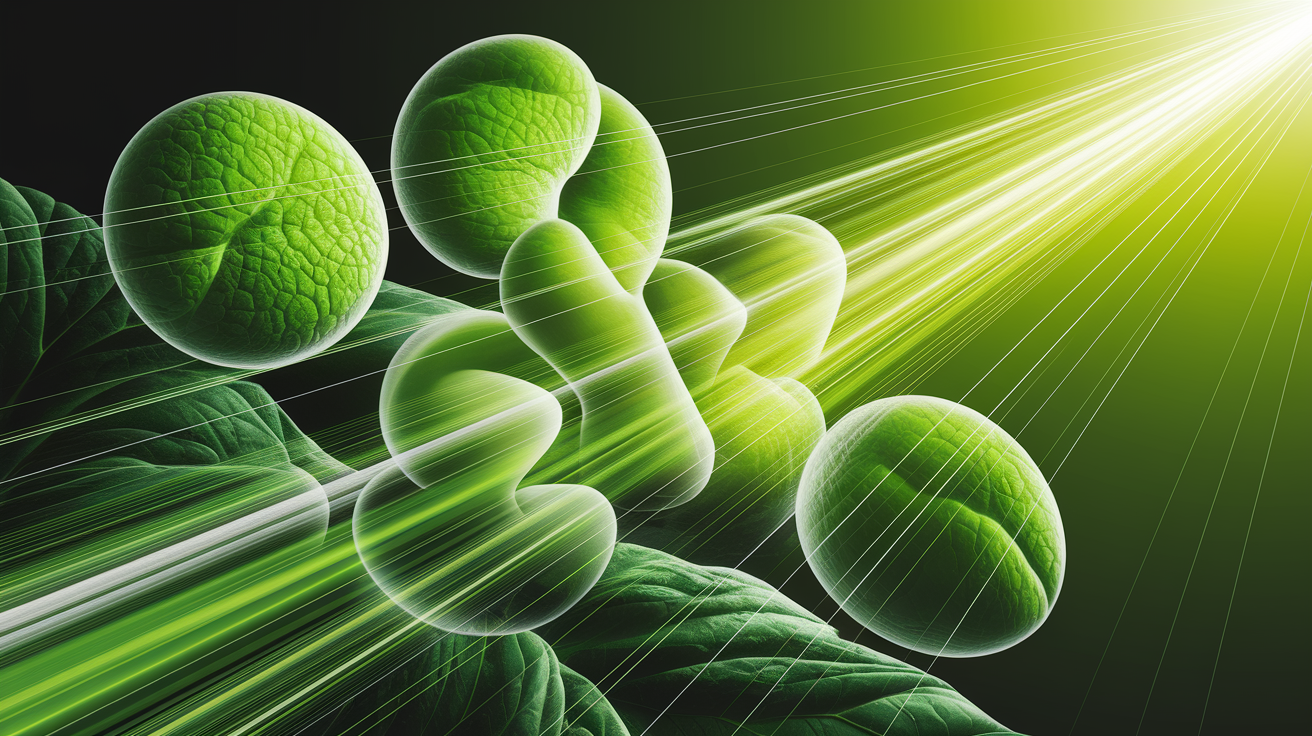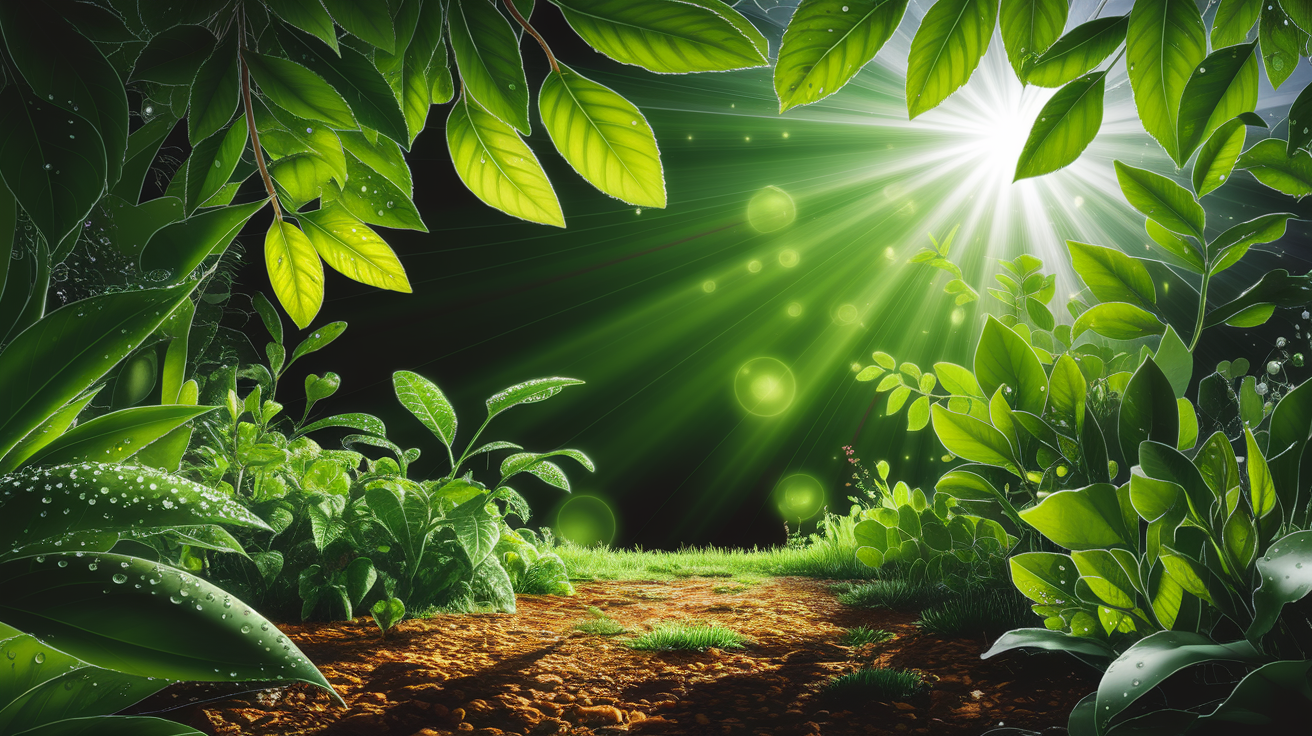Quick Answer: Leaves look green because chlorophyll, the main pigment in plant cells, reflects and transmits green wavelengths of light while absorbing red and blue light for photosynthesis. This selective light absorption lets plants efficiently harvest solar energy while giving foliage its vibrant green color.
Green at First Sight
Walk outside on a sunny day, and one of the first colors to greet your eyes will likely be green—especially if you’re surrounded by plants. But why green? Not blue, not red, not purple? The secret lies inside plant cells, tucked within specialized structures called chloroplasts. These are the “solar panels” of the plant world, brimming with a pigment called chlorophyll.

Interestingly, not all leaves are the same shade of green. Young leaves can appear lighter or even reddish due to immature chloroplasts and protective pigments like anthocyanins. As they mature, chlorophyll builds up, and the green deepens (learn more about young leaf coloration).
Chlorophyll and Light Absorption
Chlorophyll is the star player when it comes to capturing sunlight. It excels at absorbing light from the red and blue portions of the spectrum, which powers the photosynthetic machinery in plant cells. However, it isn’t as good at absorbing green wavelengths—those are reflected and transmitted instead.

That’s why to our eyes, the leaves appear green. The reflected green light is what our brains interpret as “leaf-colored.” For a deeper look into this phenomenon, check out this explanation on chlorophyll’s light absorption.
- Red and blue light: Absorbed efficiently to drive photosynthesis.
- Green light: Reflected and transmitted, making leaves look green.
- Chloroplasts: Organelles in plant cells where chlorophyll is stored and photosynthesis happens.
Green Light’s Role in Photosynthesis
Here’s where it gets even more fascinating—green light isn’t useless to plants. Although less is absorbed at the surface, green light penetrates deeper into the dense leaf structure. This allows it to reach chloroplasts in the lower tissues, where red and blue light may not penetrate as well.

Research shows plants absorb around 70–80% of green light, compared to about 90% for red and blue, making green light an important contributor to overall photosynthetic efficiency (see detailed breakdown of light absorption). Simply put: green light helps ensure the whole “leaf factory” is working, not just the top layer.
- Surface chlorophyll grabs red and blue light quickly.
- Green light slips past outer layers and keeps the deeper cells busy.
- This distribution maximizes solar energy capture.
Evolutionary Balance Behind the Green
The fact that leaves are green comes from a balance in plant physiology rather than an optimization for one perfect color. In plant biochemistry, chlorophyll’s specific absorption properties are a trade-off: it captures the most useful wavelengths while avoiding overloading the photosynthetic system with too much light energy. Reflecting some green light can help prevent damage to delicate cellular machinery under intense sunlight.

There’s also a charming twist—our human eyes are most sensitive to green wavelengths under daylight conditions. This makes green foliage seem especially vivid to us, perhaps enhancing our awareness of plant-rich environments (further reading on green leaf coloration).
The Green Takeaway
The green of leaves is a side effect of how plants harness solar energy. Chlorophyll absorbs red and blue light to power photosynthesis, while green light is reflected and transmitted—some of which still works its way deeper into the leaf to support energy production. This selective light harvesting is part of a clever balance that keeps plants thriving while giving Earth its lush, green landscapes.

Next time you stroll through a park, you’ll know—you’re surrounded by billions of tiny solar collectors, each tuned to capture the colors of light most useful to them, and, as a lovely bonus, sharing a calming green with your eyes.










